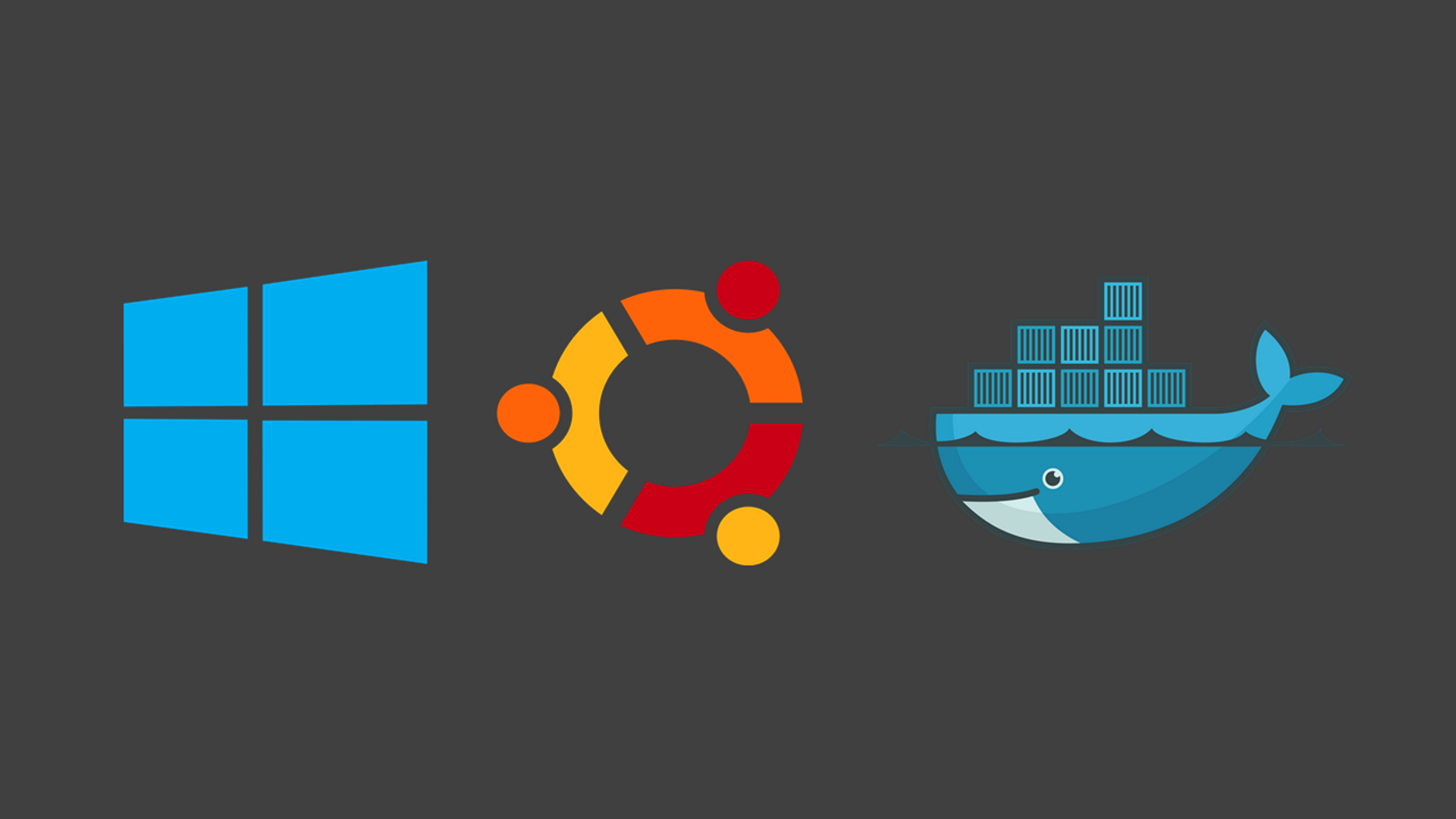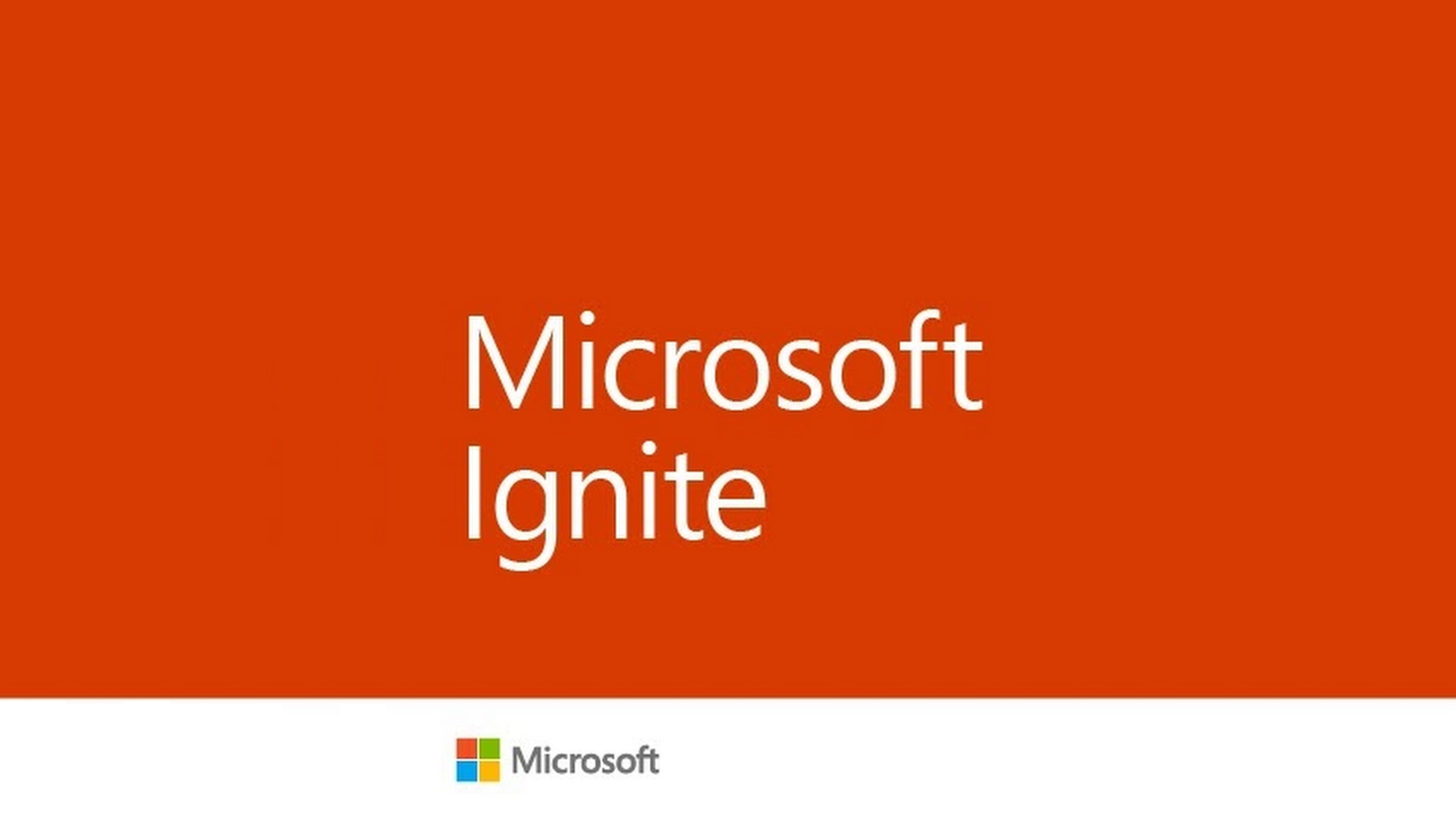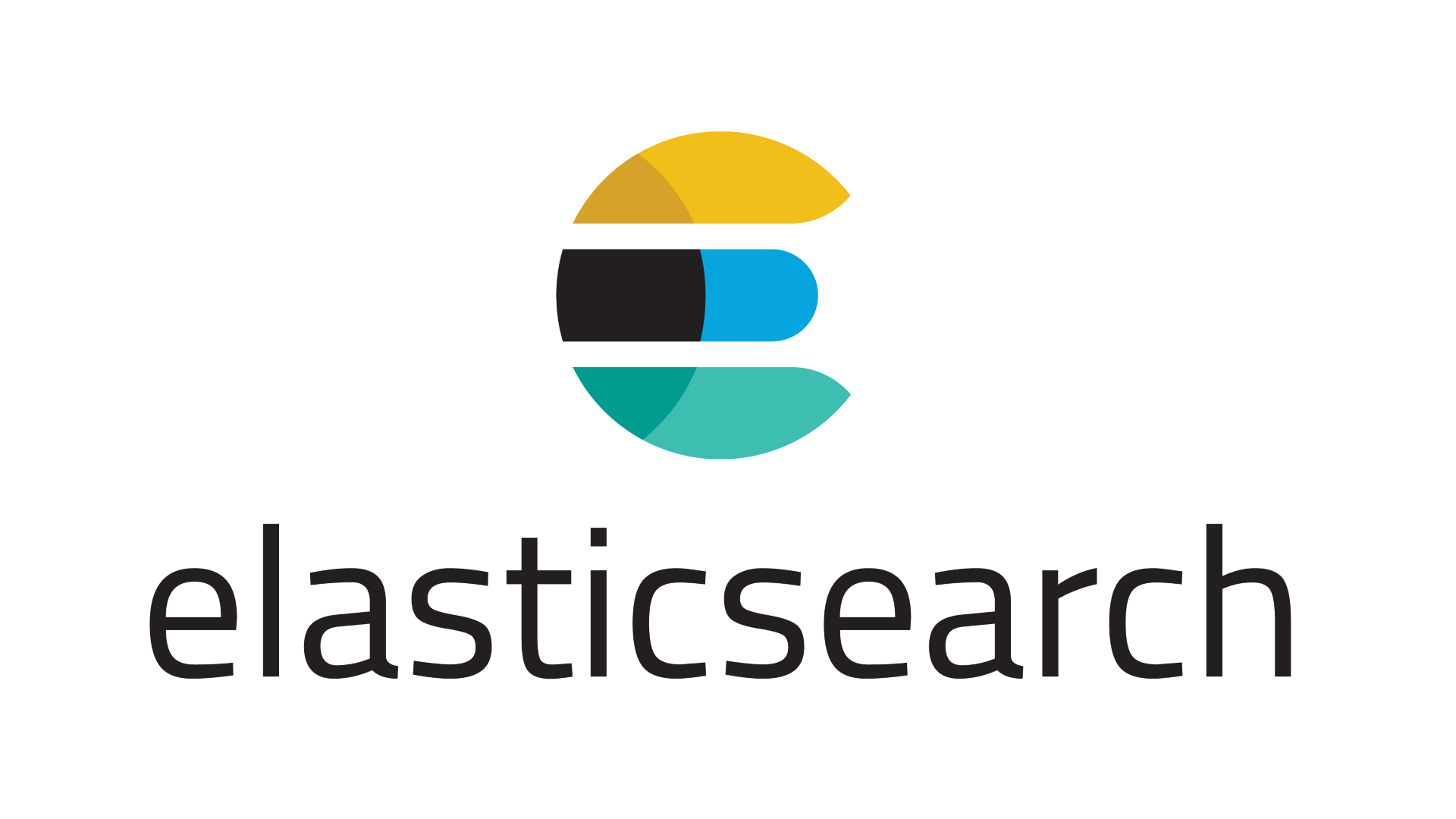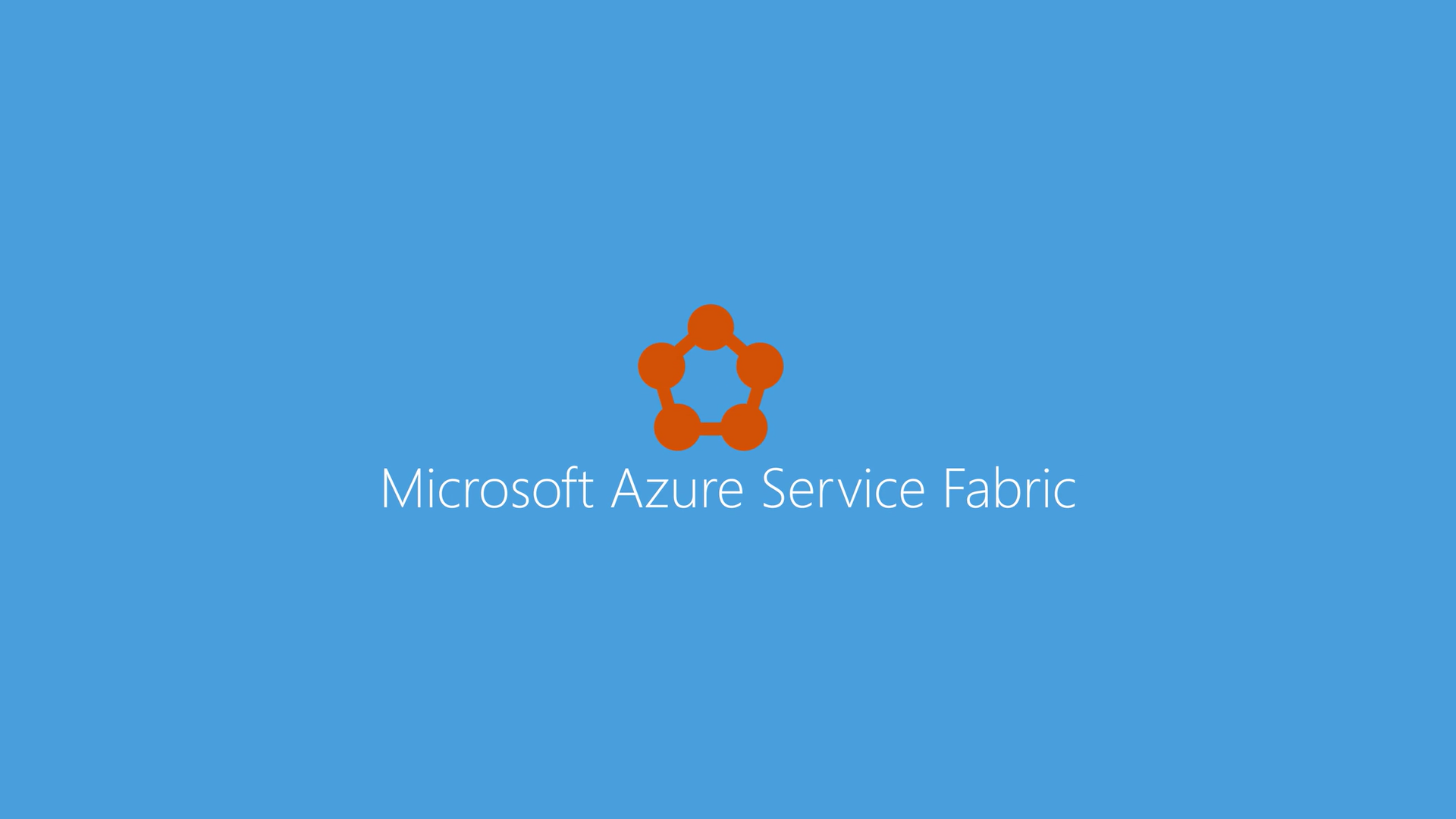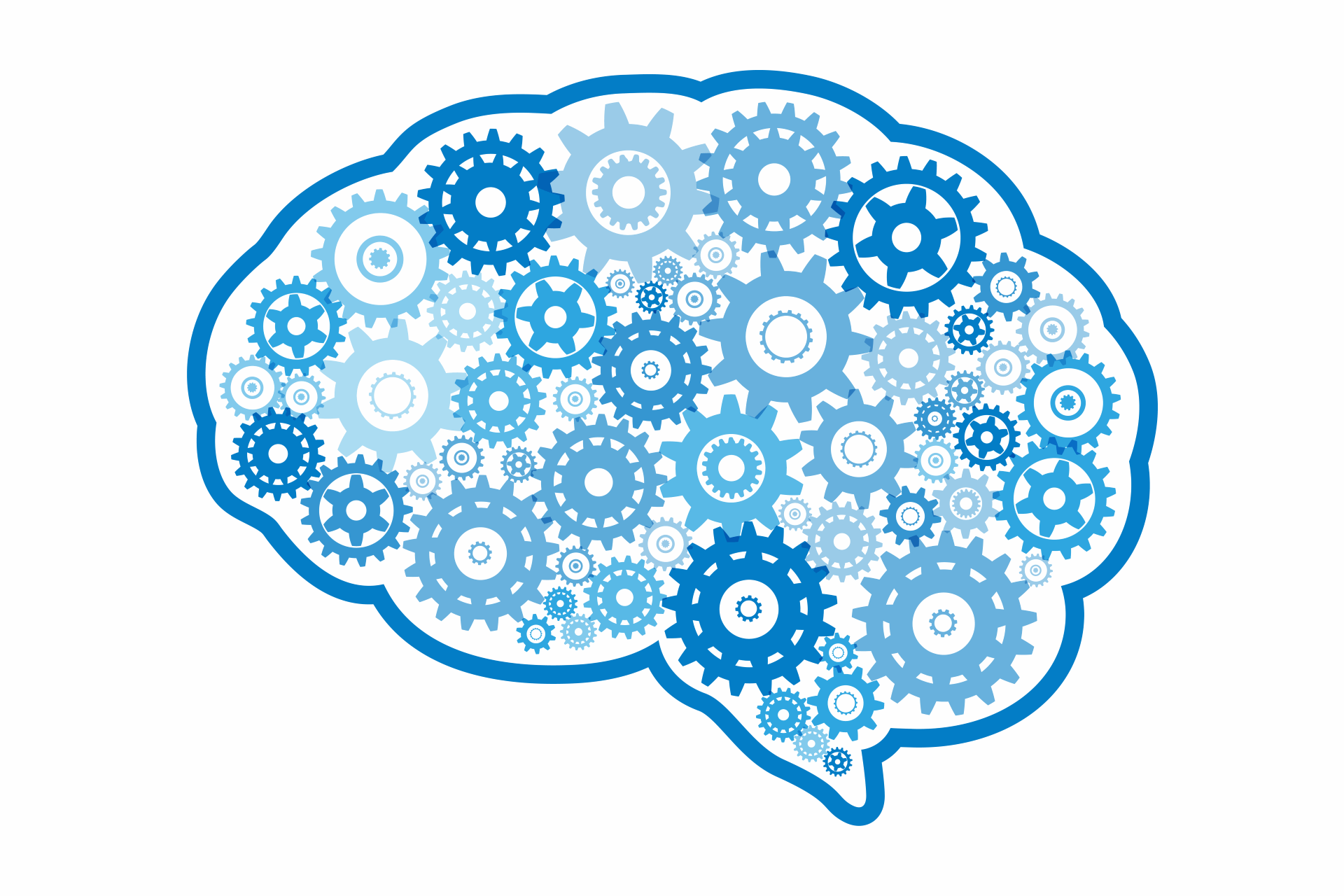
Azure Search vs. AWS CloudSearch vs. AWS Elasticsearch vs. Self-Hosted Elasticsearch
Several of Allcloud’s projects this year have focused on enterprise search and integration in the cloud.
When choosing a back-end search platform, the general requirements are common: the ability to ingest a lot of content, query its full text quickly with flexible options, and secure the data in transit and at rest.
Sometimes you plan to write all of the crawling and indexing logic yourself. Other times, you may prefer a pre-built connector to a storage tier. The amount of data in your search index, the granularity of that data, and your management requirements may vary wildly.
To help make decisions between cloud search platforms, I’ve organized common decision criteria into a simple table:

